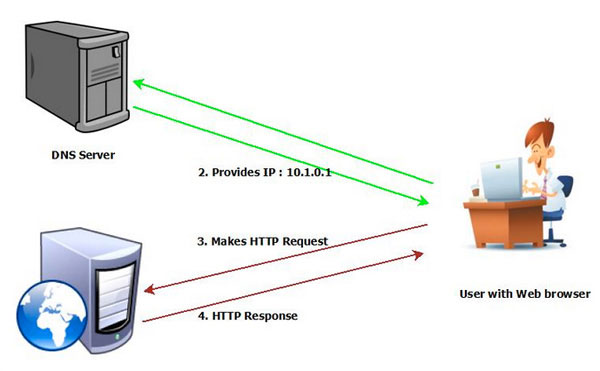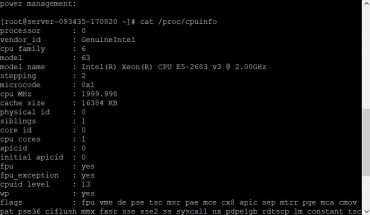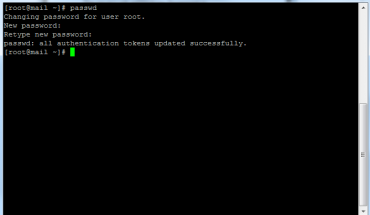 With a domain, an inquiring browser can find the server on which the web pages and the associated materials are located, even if each server connected to the Internet is only identifiable by a number, the so-called IP address. The globally distributed domain name system (DNS) resolves a domain name like www.google.com into an IP address. For the E-mail service this works analogously: Here it is important to find out where the mail server is who accepts the messages for a particular mailbox.
With a domain, an inquiring browser can find the server on which the web pages and the associated materials are located, even if each server connected to the Internet is only identifiable by a number, the so-called IP address. The globally distributed domain name system (DNS) resolves a domain name like www.google.com into an IP address. For the E-mail service this works analogously: Here it is important to find out where the mail server is who accepts the messages for a particular mailbox.
In order for the DNS domain name and IP address to be assigned correctly, you must register the domain. In this process, an entry is generated which contains the information about which IP address belongs to the domain name. However, there is no central registry for domain names, but rather a system of interconnected name servers that exchange information about and provide on request to a domain, the correct IP address.
Since the domain is to be resolved globally, the system must ensure that the many name servers which are connected to each other in a hierarchical form can provide the correct IP address.
Domain registration step by step overview
(1) After entering a desired name into a domain search box, check if the name is already used.
(2) If the domain name is available and you want to use the domain, we turn to a registration request to a registry. A registry is an organization that has a mandate, a specific domain such as .com (a Top Level Domain) – they say, a particular zone – to manage and carry out the registrations for.
(3) The order is usually accepted by the registration agency and your desired domain is stored in a special database.
(4) This database also contains the information on where the information on the assignment domain name – IP address is stored. These are, in many cases, two independent servers that one designates because of their tasks as nameservers.
(5) After registration has been completed, the DNS ensures that the information about the new domain and the allocation to an IP address is redistributed. This process, which is also called propaganda, takes some time. This is also the reason that your domain you have just registered will not be immediately resolved immediately, with a delay of perhaps 24 to 48 hours.
The process takes that long because the information has to be distributed worldwide and many thousands of nameservers are placed around the world, which have the task of assigning domain names to IP addresses. The DNS is distributed in decentralized fashion and hierarchically, which ensures that queries of domains can be executed quickly, and that other servers can take over the task even if parts of the network fail.




